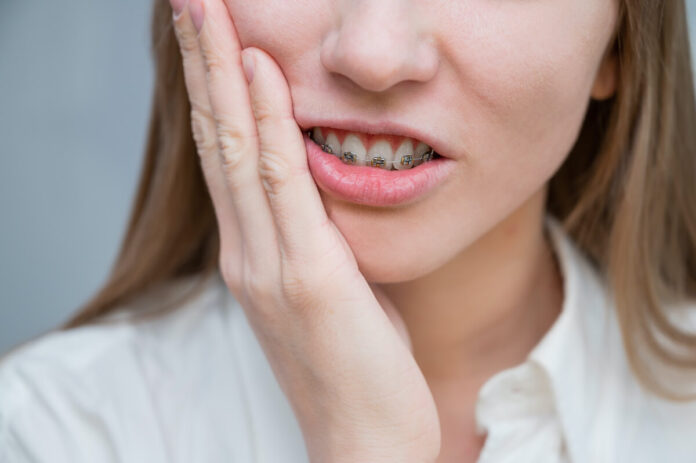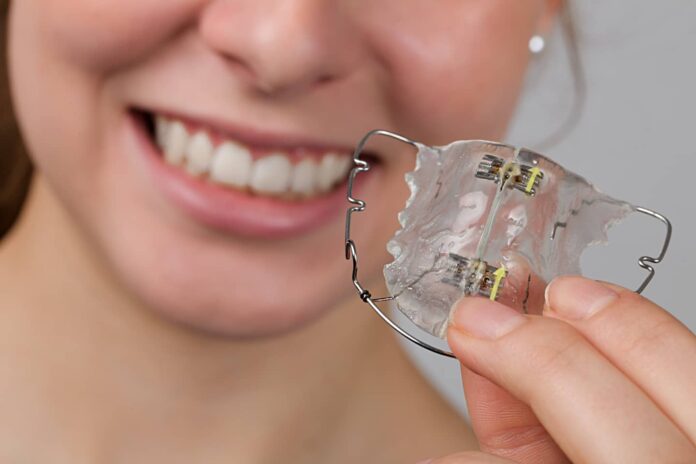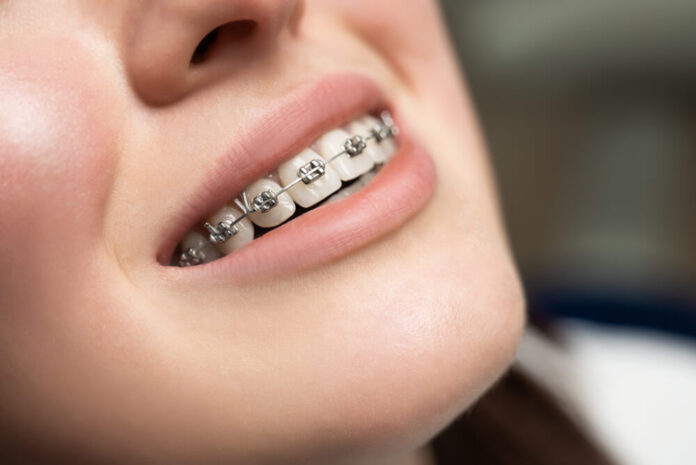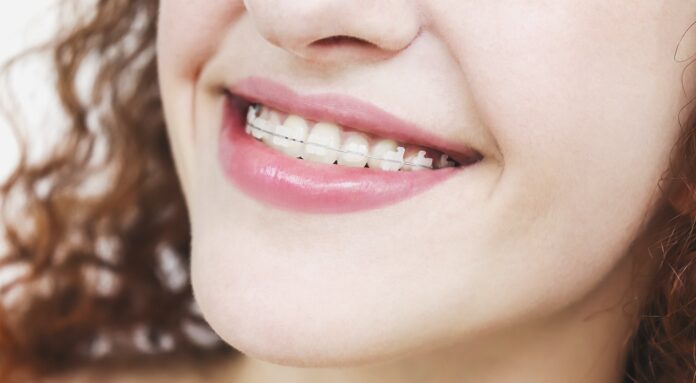Each of us wants to have a beautiful smile and that will be commented by everyone as a beautiful smile. But not all of us have a naturally beautiful smile. Some of us have a problem with decayed teeth, others have a problem with crooked teeth, split teeth, etc. When anyone is faced with such a problem all that is needed is to take a timely solution. Are you worried about your smile? Are you struggling to find answers when asked about orthodontics (braces)? This article presents some common myths about braces and offers information about what you should know.
Orthodontic treatment involves straightening crooked teeth and correcting misalignment issues. Braces are often worn to improve oral hygiene and health over time. They offer long-term benefits such as improved self-confidence and overall appearance — both inside and outside. It is only important to act on time, that is the first rule that each of you should know. Then it is important to find the right dentist and office that will take care of it, such as Dr. David McSurby, who is considered one of the best Collegeville orthodontists because he has many successful collaborations with patients behind him. Take your time and find the best specialist in this field who will be able to help you as best as possible.
Orthodontics is a specialized field within dentistry. When used correctly, orthodontics can be highly effective at improving the aesthetics of the face and correcting minor dental problems. In addition, it also helps patients achieve optimal function and comfort during their lifetime. That is why it is necessary to promptly solve the problems and promptly find an appropriate solution that will help you with dental problems. But let’s see first, can you hurt your teeth that way? This is a question that is unclear to everyone, so let’s see together whether it is possible or not to hurt your teeth.
What should you know about braces and can they harm your teeth?

Braces have been around since the early 1900s, they were first invented in the 1930s. Braces help realign crooked teeth, correct bite problems, reduce jaw size, and prevent future tooth decay, and most importantly – they cannot harm your teeth, but can only help them to be better after wearing braces. There are many different types of orthodontics, including Invisalign and removable aligners, metal brackets, ceramic brackets, and clear plastic aligner trays (also called invisible braces). There are pros and cons to each type of brace, and choosing the right one depends on what goals you want to achieve.
What types are there and what do you need to know about how they are made?
Invisible Braces- Also known as Clear Aligner Trays, these are the least visible option available. These aligners work on the same principle as traditional braces; however, they won’t show under your clothing or affect how you look. A patient may choose this treatment if they do not want their teeth to be noticeable while smiling, if they only need minor adjustments, or if their mouth is small. Since Invisalign does not alter the shape of your mouth, it does not require any cutting or drilling of the enamel surface which means no damage to your teeth. You will receive custom aligners that fit over your teeth, and over time, move them into position. Once you’re done wearing your aligners, you’ll remove them and rinse off the rubber before going to bed at night.
Removable Brackets

When you think about traditional braces, you probably imagine metal brackets being attached to your teeth and wires running between them. Removable Brackets are similar to classic braces, except when you remove them after the procedure, they aren’t attached to teeth anymore. Instead of attaching directly to your teeth, they’re secured to a band that wraps across the backside of your upper jaw and lower jaw. While bracing, patients wear two kinds of bands: elastic or leather bands and steel wire ties. Steel wire ties provide added support and keep the bands secure while you eat, drink, and brush your teeth. Elastic bands are slightly less firm than steel wire ties, so they don’t exert pressure on your teeth, gums, and tongue as much. After the braces are removed, patients use elastics to replace the bands until they no longer fit properly. Then, they’ll switch out the old set of elastics for new ones. Depending on your situation, removable braces may take anywhere from 6 months to 2 years to complete.
Metal Brackets

Metal brackets are still the gold standard of orthodontics. When you think about metal brackets, images of metallic pins poking through your gums might pop into your head, but they’re just the outer shell of the bracket. Inside, there are tiny tubes that wrap around your teeth, holding a thin archwire. Archwires are long pieces of stainless steel bent into specific shapes depending on the type of correction desired. Patients who opt for metal braces should try to avoid eating hard foods like nuts and seeds so as not to break the wires inside the brackets. If food gets stuck in the wires, it could cause injury to your gums, jawbone, and nerves. Because metal brackets are relatively permanent, patients should expect to wear them for several years. If you decide to change your mind later down the road, you can always swap the metal brackets for a different style.
Ceramic Brackets

Ceramic brackets are becoming increasingly popular among patients due to their affordability compared to metal and Invisalign braces. The biggest advantage of ceramic brackets is that they are almost completely invisible. Unlike other options where people can see the braces even though they’re covered in clothes, ceramic braces are practically impossible to notice unless someone points them out specifically. Another benefit of ceramic brackets is that it helps hold the teeth firmly in place. Traditional brackets rely on friction alone to maintain the proper alignment of your teeth while ceramics use adhesive to ensure that the brackets remain securely fastened. Like other brands, ceramic brackets are generally made of metal, but unlike others, ceramic brackets are coated in porcelain instead of the regularly painted coating. Porcelain offers a superior level of durability and aesthetics.
It is important to approach the problem you have with your teeth and solve it on time by placing braces, which will be helped by an experienced doctor who knows what needs to be done. And the most important thing is not to be afraid, they cannot destroy or harm your teeth, but on the contrary, they can make them beautiful and shiny which will be visible through your smile.








